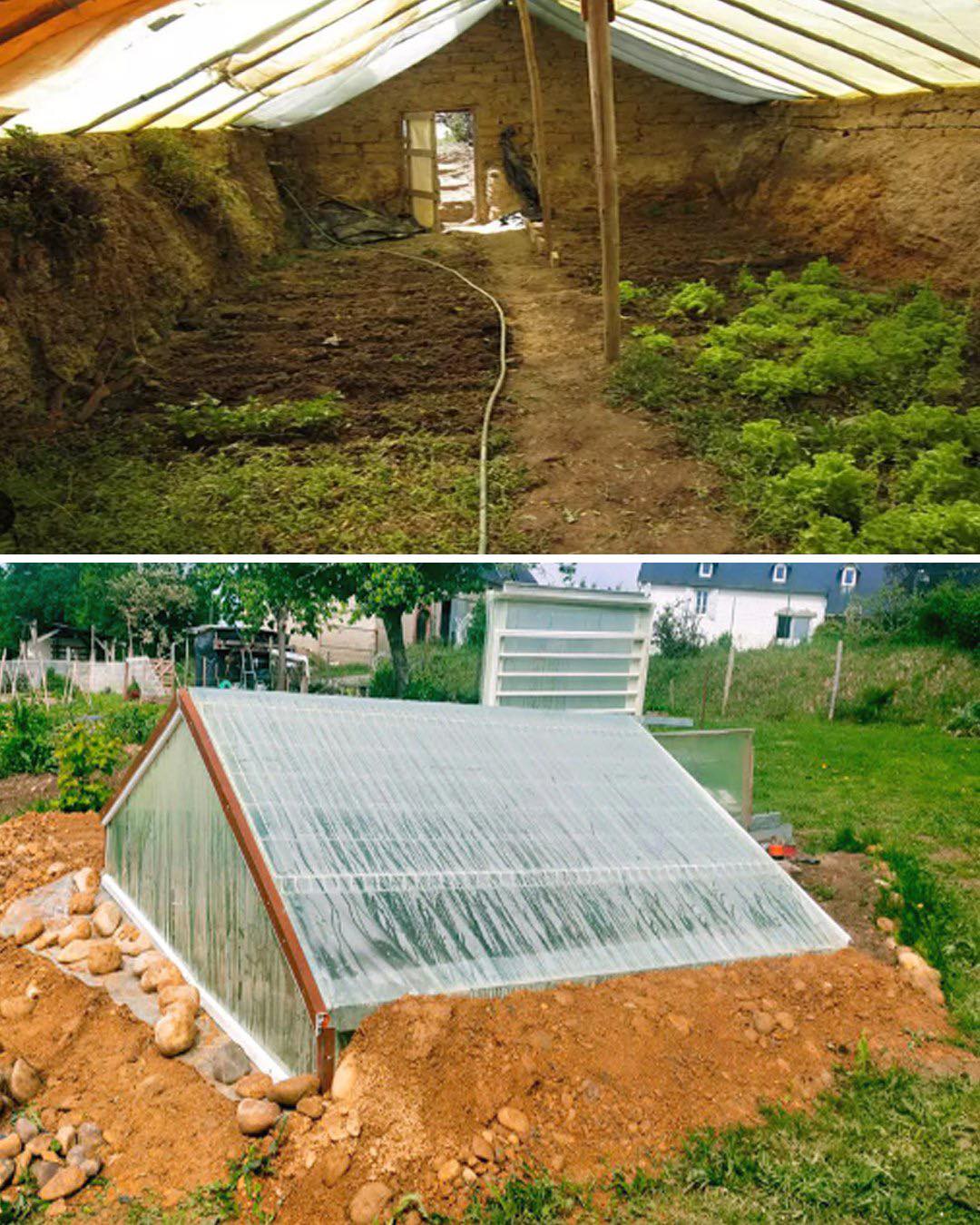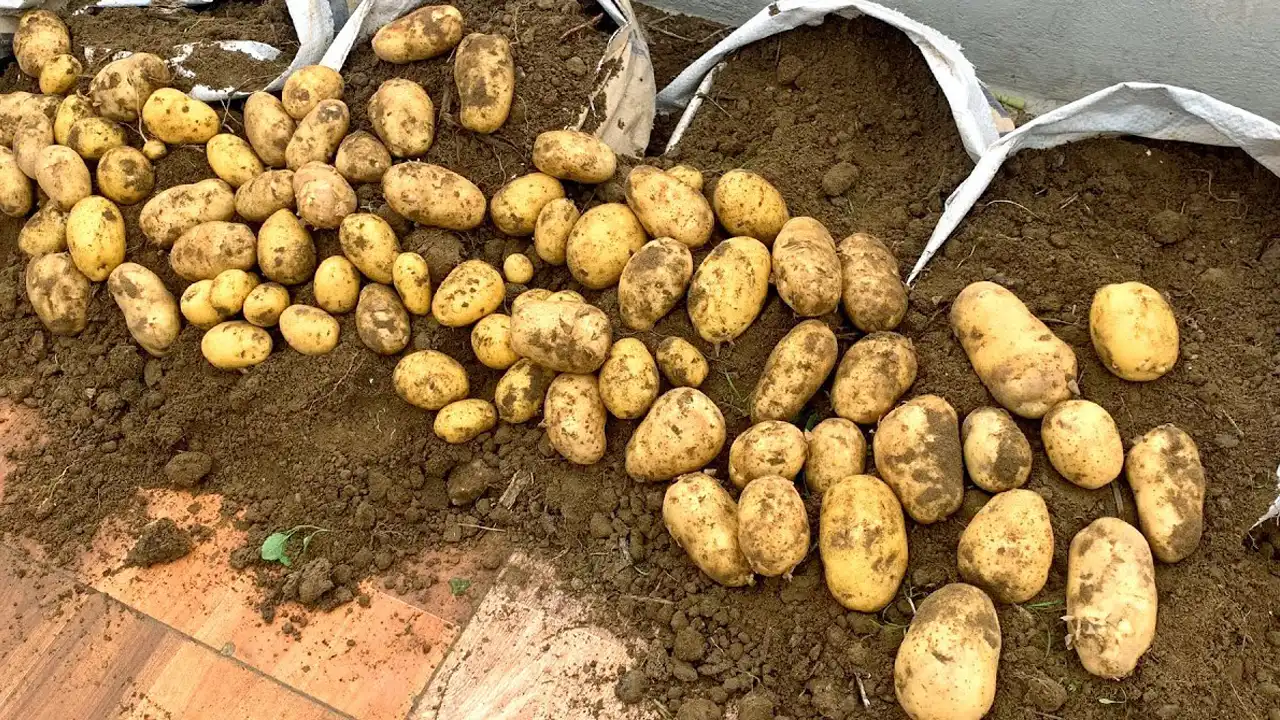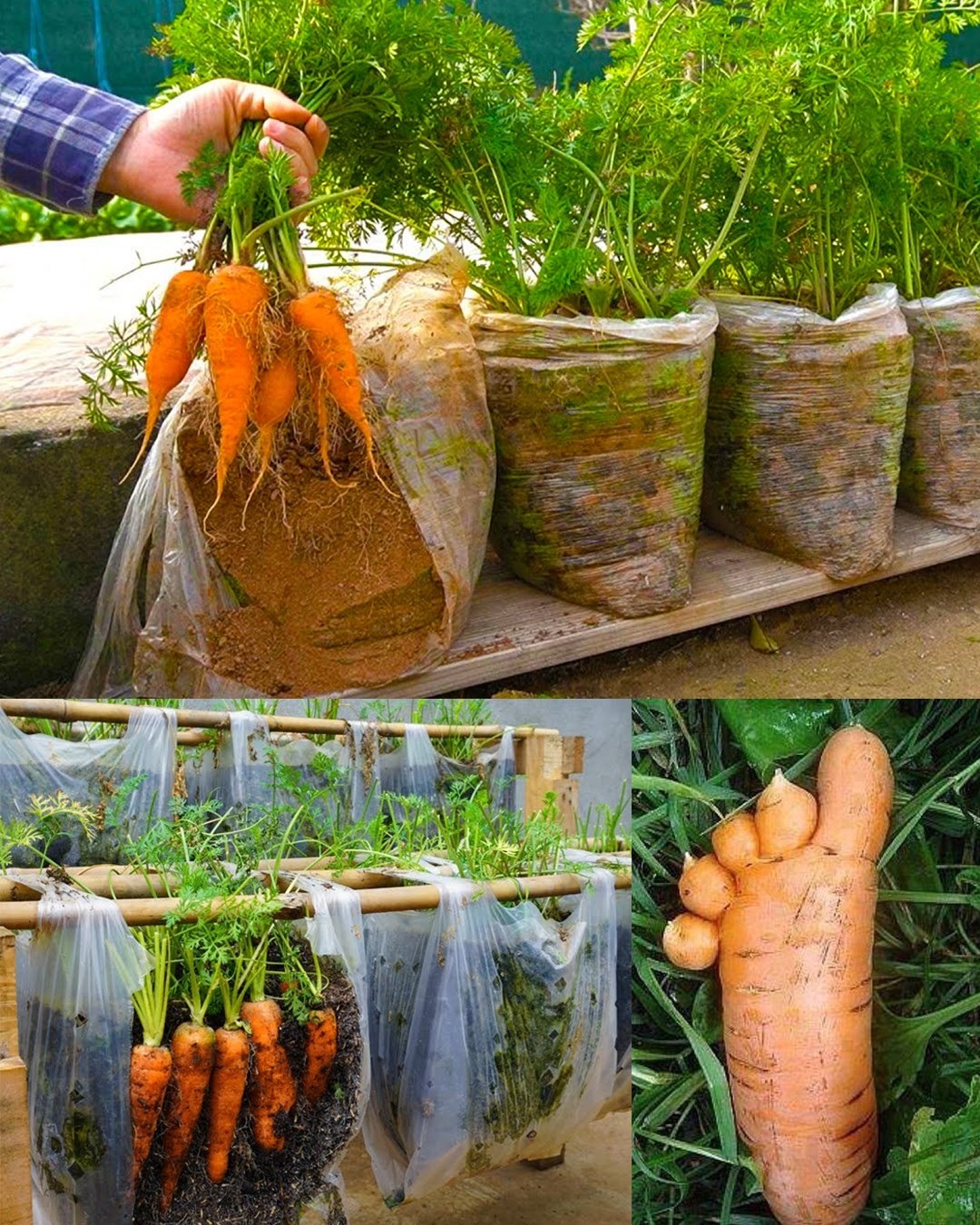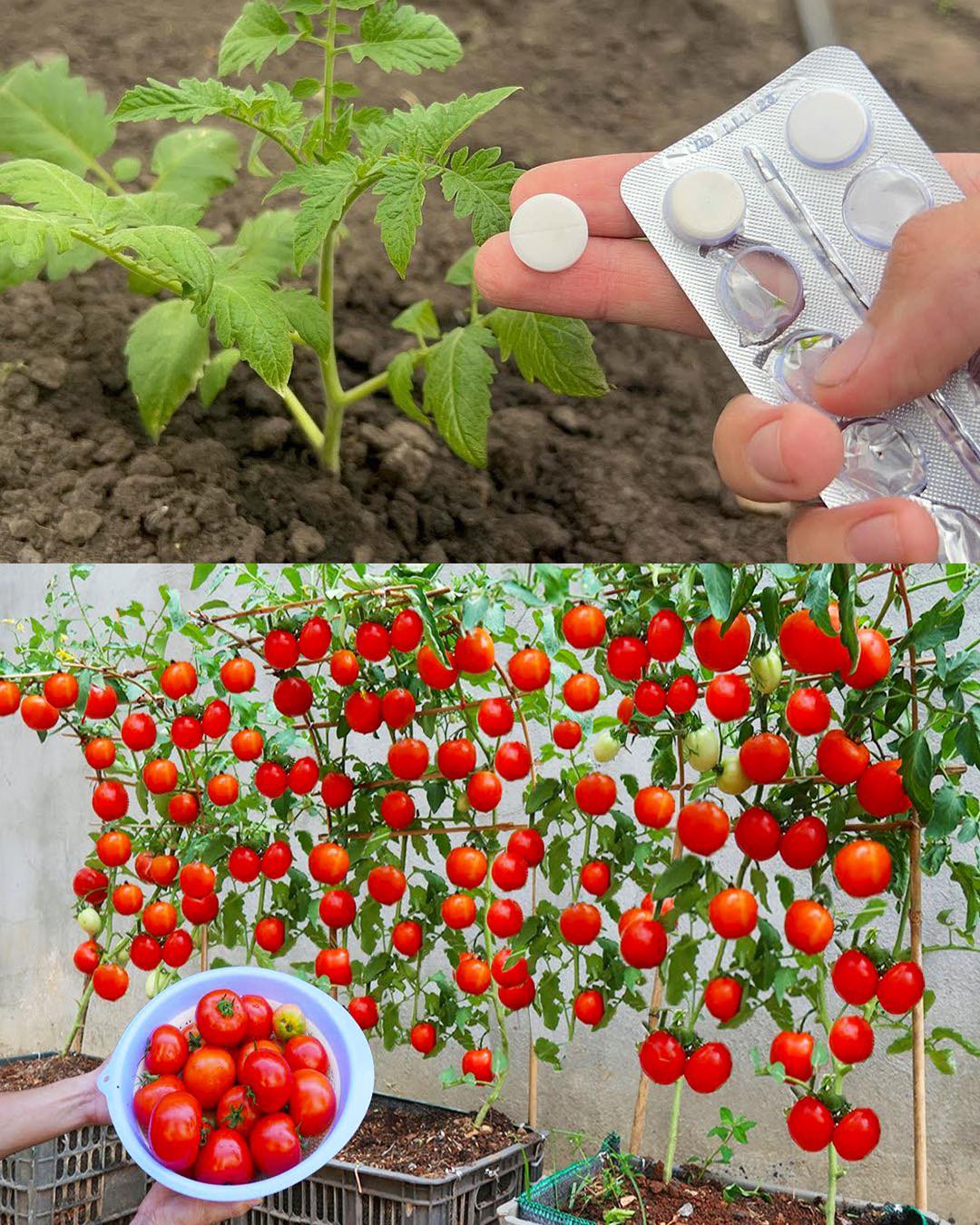Innovative farming techniques have been evolving rapidly to combat the challenges posed by climate change, land scarcity, and seasonal limitations. One such revolutionary approach gaining traction is the concept of underground greenhouses. By harnessing the natural insulation provided by the earth, these subterranean structures offer a sustainable solution to extending the growing season and ensuring a steady food supply throughout the year.
Traditional above-ground greenhouses have long been utilized to create controlled environments for cultivation. However, they often struggle to maintain consistent temperatures, especially in extreme climates. In contrast, underground greenhouses leverage the thermal mass of the soil to regulate temperatures effectively, providing a stable and conducive environment for plant growth.
One of the primary advantages of underground greenhouses is their ability to mitigate the effects of external weather conditions. By being partially or entirely buried beneath the surface, these structures are shielded from harsh winds, frost, and excessive heat, thereby minimizing the need for artificial heating or cooling systems. This natural insulation not only reduces energy consumption but also enhances the resilience of crops against fluctuating temperatures.
Moreover, underground greenhouses offer significant space-saving benefits, making them particularly suitable for urban areas where land is scarce. By utilizing the space below ground, farmers can maximize their cultivation area without encroaching on valuable surface land. This compact footprint makes it feasible to establish productive gardens even in densely populated cities, promoting local food production and reducing the carbon footprint associated with transportation.
The design of underground greenhouses varies depending on factors such as climate, soil type, and intended crops. Some structures may feature a sunken design with a transparent roof or skylights to allow sunlight to penetrate, while others utilize reflective surfaces to distribute light evenly throughout the space. Additionally, efficient ventilation systems are incorporated to ensure adequate airflow and prevent humidity buildup, which could lead to mold or mildew.
In regions with extreme climates, such as arid deserts or frigid tundras, underground greenhouses offer a lifeline for agricultural sustainability. By creating a controlled microclimate underground, farmers can cultivate a diverse range of crops that would otherwise struggle to thrive in such harsh environments. This not only enhances food security but also contributes to biodiversity conservation by preserving local plant varieties.
Furthermore, the year-round availability of fresh produce from underground greenhouses has numerous societal benefits. It reduces reliance on imported goods, thereby strengthening local economies and fostering self-sufficiency. Additionally, access to nutritious, locally grown fruits and vegetables promotes healthier dietary habits and reduces the prevalence of food deserts in underserved communities.
Despite their numerous advantages, underground greenhouses also present some challenges. Construction costs can be higher than traditional above-ground structures due to the excavation and reinforcement required. Additionally, proper maintenance and monitoring are essential to prevent issues such as water seepage, soil compaction, or pest infestations.
Underground greenhouses represent a promising solution to the pressing challenges facing modern agriculture. By harnessing the earth’s natural resources and innovative design principles, these subterranean structures enable year-round food production in a sustainable and efficient manner. As society continues to prioritize environmental stewardship and food security, underground greenhouses are poised to play a pivotal role in shaping the future of farming.

















